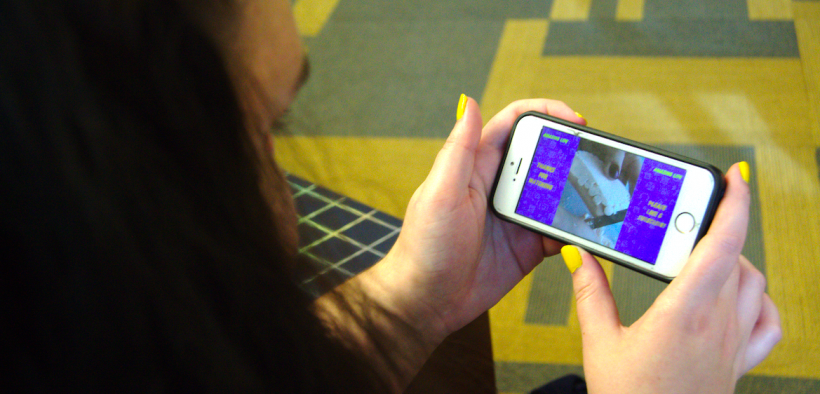What is ASMR?
Share

In recent months, the world found itself obsessed with odd whispering, slime, and soap cutting videos. These are just some examples of the new trend known as ASMR.
Many find themselves mesmerized by these peculiar yet oddly satisfying videos. With an immense growth in popularity, many people are trying to create their own ASMR videos. In fact, ASMR video creators have gotten so successful that some have been able to quit their day jobs and are currently making videos full time. Now, there are dozens of videos with over a million views and many channels dedicated to ASMR. ASMR has also been referenced in large media outlets, including the New York Times, BuzzFeed and CollegeHumor.
ASMR is the abbreviation for autonomous sensory meridian response. This term is used to describe the sensation that people feel when they view one of these stimulating ASMR videos. Many people describe this feeling as a tingly sensation where chills run through the back of their head and spine. Some have even expressed that these feelings make them feel extremely relaxed which helps them fall asleep. However, it is important to note that even without these videos, users can potentially feel that same sensation through real-life executions of particular triggers.
While ASMR sounds like a very technical and scientific term, there is actually no actual good research behind this phenomenon. ASMR was coined by Jennifer Allen in 2010. She created a Facebook group to find out more about this phenomenon and people related to it, ultimately leading to the popularization of the term.
In short, nobody really knows how ASMR works and affects people, as it greatly varies from individual to individual, with each person enjoying different types of ASMR.
ASMR video creators can try many different things to appeal to different audiences. This is particularly easy because these tasks are usually simple and mundane such as tapping, stirring soup, or even just crinkling a piece of paper. ASMR video creators can also choose to create a scenario that helps the viewer set the scene and picture themselves in the situation for a more detailed experience. Sometimes, they also choose to specifically use binaural recording techniques to stimulate the acoustics of a three-dimensional environment. This helps to enhance the experience and trick the listeners and viewers into feeling that they are in close proximity to the actor or the vocalist in the video.
Many viewers believe that ASMR is a treatment for coping with anxiety, depression and even insomnia. They often find that these videos help them relax and alleviate certain symptoms that come with the above-mentioned conditions. However, many experts have advised that while ASMR might potentially serve as a short-term solution, it may not be good to grow over-reliant to this temporary fix. For example, using ASMR for insomnia is equivalent to using white noise to sleep, and while this could potentially help you sleep, it wouldn’t help you get quality rest.
Even though no one really knows how ASMR works, it seems that nobody really cares and many people still enjoy it. Nevertheless, it seems that this trend will continue to gain popularity in the near future. Good news to the video creators who will continue to think of new ideas, as well as continue to push the limits, to gain even more viewers ready to partake in this mysterious phenomenon!
